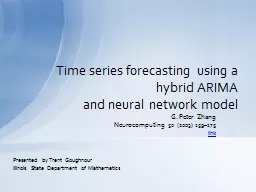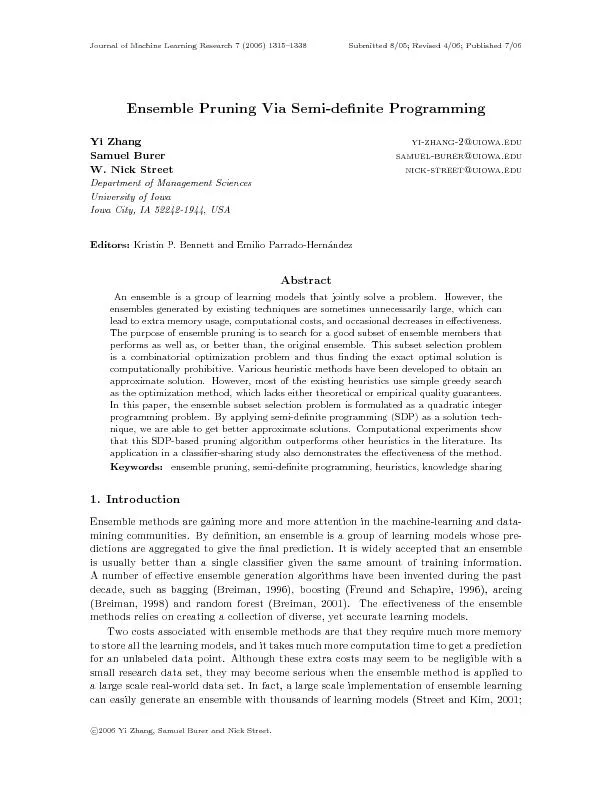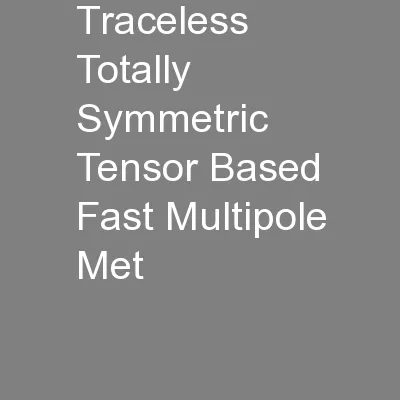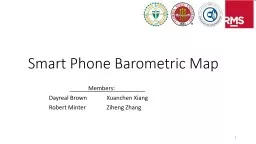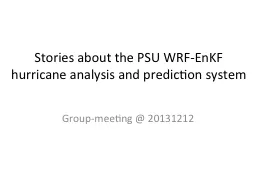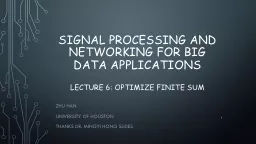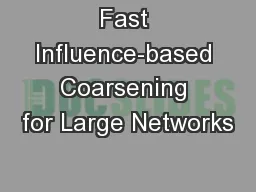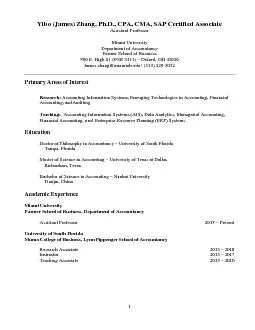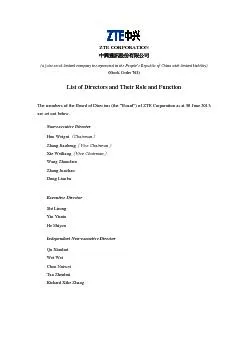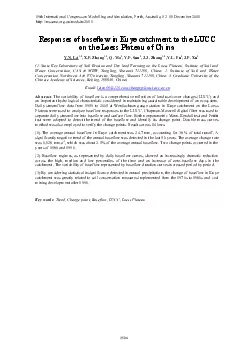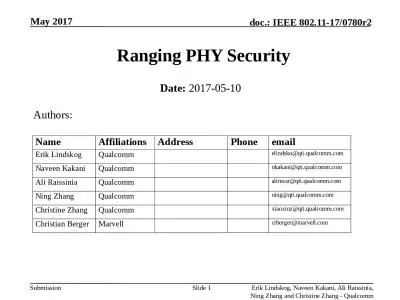PPT-G. Peter Zhang Neurocomputing
Author : olivia-moreira | Published Date : 2018-11-25
50 2003 159175 link Time series forecasting using a hybrid ARIMA and neural network model Presented by Trent Goughnour Illinois State Department of Mathematics
Presentation Embed Code
Download Presentation
Download Presentation The PPT/PDF document "G. Peter Zhang Neurocomputing" is the property of its rightful owner. Permission is granted to download and print the materials on this website for personal, non-commercial use only, and to display it on your personal computer provided you do not modify the materials and that you retain all copyright notices contained in the materials. By downloading content from our website, you accept the terms of this agreement.
G. Peter Zhang Neurocomputing: Transcript
Download Rules Of Document
"G. Peter Zhang Neurocomputing"The content belongs to its owner. You may download and print it for personal use, without modification, and keep all copyright notices. By downloading, you agree to these terms.
Related Documents

